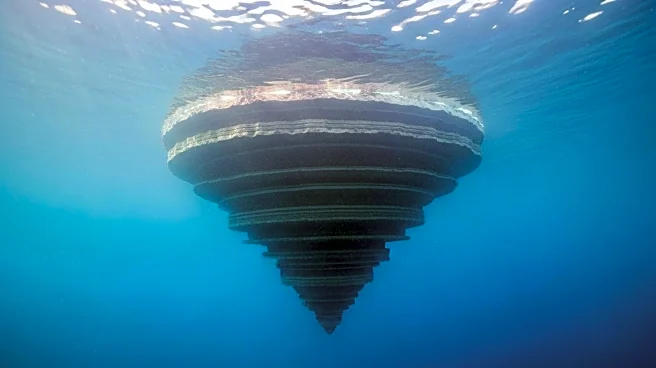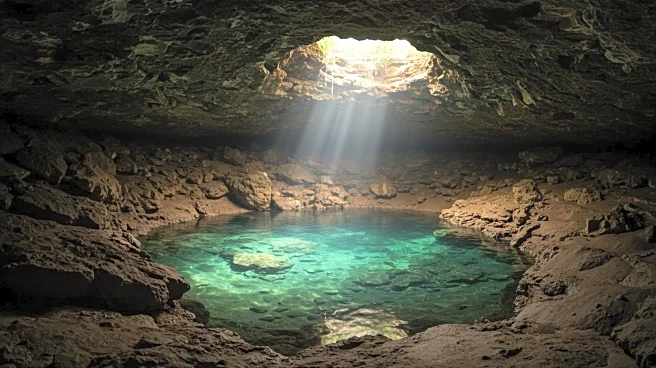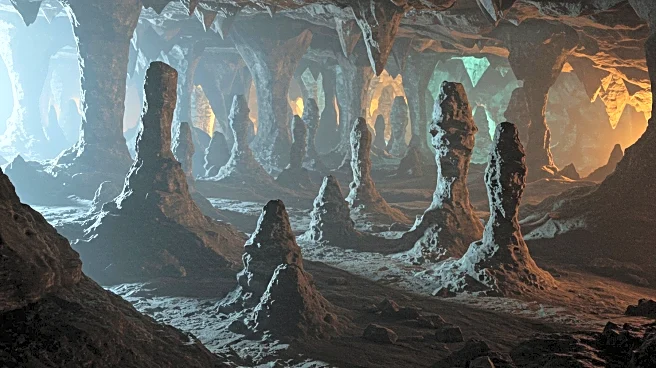Rapid Read • 6 min read
A study published in Nature investigates the isotopic systematics of uranium in betafite, a mineral from the Pyrochlore supergroup, to understand actinide retention. The research focuses on the distribution of uranium isotopes 234U and 238U in U(IV) and U(VI) phases, revealing insights into the mineral's ability to immobilize actinides. The study finds that secular equilibrium between these isotopes is maintained over geological timescales, suggesting betafite's potential as a natural analogue for actinide immobilization. The findings contribute to the development of matrices for nuclear waste management.
AD
Understanding the isotopic behavior of uranium in natural minerals like betafite is crucial for developing effective nuclear waste management strategies. The study's insights into actinide retention can inform the design of matrices that immobilize radioactive elements, reducing environmental risks associated with nuclear waste. The research highlights the importance of natural analogues in predicting the long-term behavior of actinides, which is essential for safe disposal and storage of nuclear materials.
The study's findings may influence future research on nuclear waste immobilization and the selection of materials for waste containment. The use of natural analogues provides a valuable reference for assessing the long-term stability and safety of nuclear waste storage solutions. The research underscores the need for continued exploration of mineral properties to enhance nuclear waste management practices.
AD
More Stories You Might Enjoy










